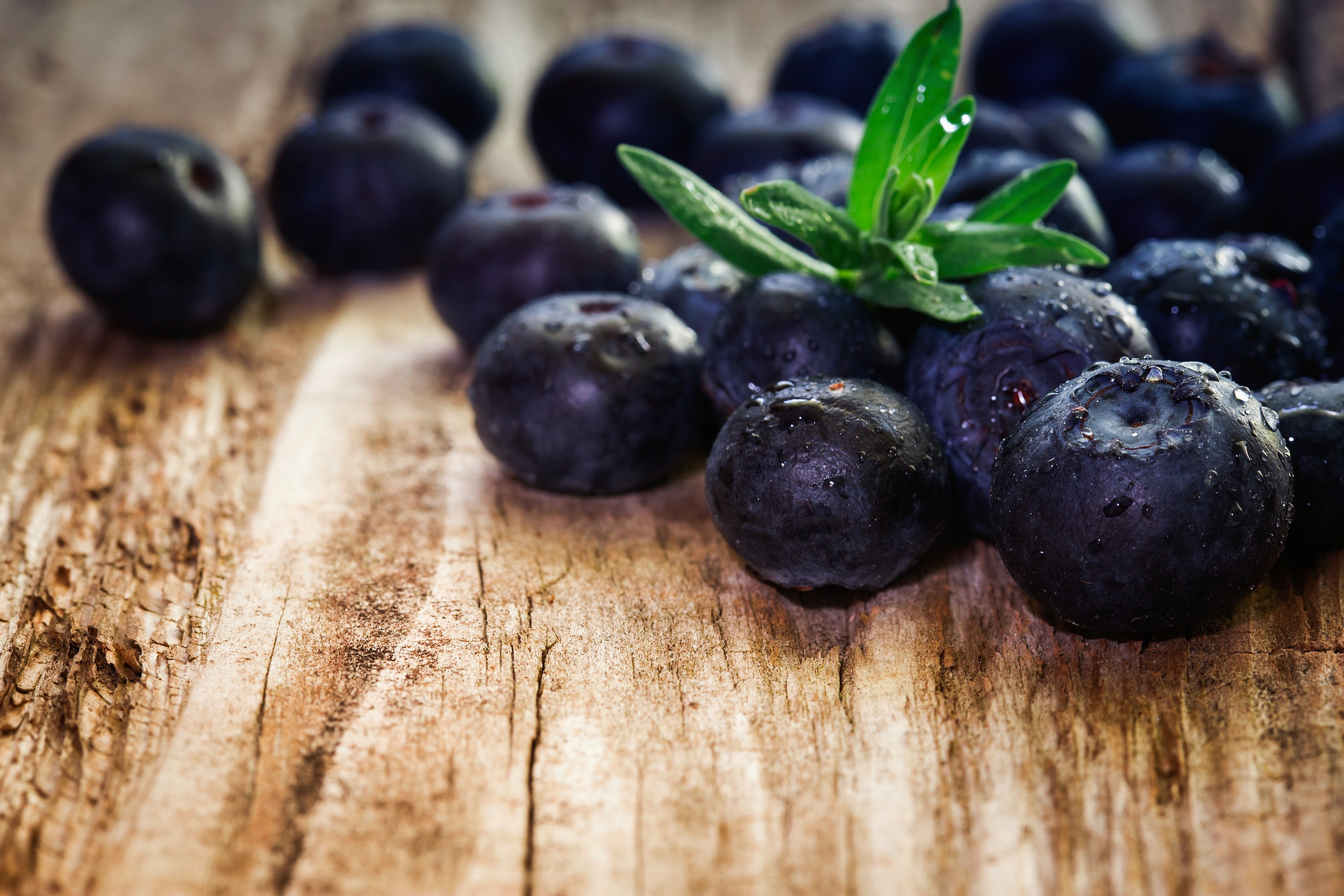U.S. blueberry industry could see dynamic processed market, “interesting” June transition
The U.S. blueberry industry could see a dynamic year for the processed market this season and a supply gap toward the end of June and early July, according to Cort Brazelton.
That gap will likely be followed by very heavy supplies toward late July, he said, chatting with FreshFruitPortal to provide a summer U.S. blueberry crop update.
The co-CEO of Fall Creek Farm and Nursery highlighted that public cold storage blueberry inventories are the lowest they have been since 2012, both in terms of annual total carryover and for April.
USDA data shows that 112.1 million pounds were registered in April. The figure is slightly lower than the same month last year and considerably less than the 184 million and 153.8 million pounds registered in 2017 and 2016 respectively.
“This could be a very very dynamic year for the processed market, and it’s worth watching,” Brazelton said.
“I think we could have a more balanced flow of volume in general going into the summer. Things will get heavy at the end of July and early August, but not early July. So we could see more healthy weeks this summer, and that’s bolstered by lowest frozen inventory since 2012.”
The processed market, he pointed out, tends to “set the floor” for pricing on the fresh market, and is therefore an important factor in the overall performance of each season.
Another aspect he expected to see this season was an “interesting transition” in June between the Southern Highbush and Northern Highbush crops.
While California has faced some rain delays, he said growers might catch up over the coming weeks. Meanwhile, the crops are running late in key regions like the Pacific Northwest, British Columbia and Michigan.
“So there might still be a substantial volume gap in that June window,” he said.
“Remember the vast majority of fresh and processed production is now in the western region – California, Oregon, Washington and British Columbia produced almost 65% of the total 2018 crop. So it’s substantial. If California does catch up with their season, they may finish, or see their volumes drop off and we may have that traditional gap in late June at least in the West Coast.”
Brian Bocock, vice president of sales at Naturipe Farms, commented that Georgia will have a strong week this week and the next, but he expected volumes would then wind down more quickly than originally anticipated due to drought and high heat in the state.
He also commented on the situation elsewhere on the East Coast.
“North Carolina is in their last full week of peak production, and Michigan is running at least a week late. So we believe it’s setting up well for New Jersey, which will start sometime next week to be in pretty good shape as far as East Coast market conditions are concerned,” he said.
“We expect strong pricing on the East Coast through the Fourth of July Holidays.”
New Jersey looks to have a normal-to-above-average crop to be harvested at normal timings, he added.
He noted that it seemed the West Coast would see lower production over the next couple of weeks. Oregon will probably start over the next week or two, he said, but with ” nothing of consequence” until the end of June or early July.
Bocock anticipated that volumes would pick up heavily in the second half of July through early August.
“I think anyone that has production that hits before the Fourth of July will see stronger than normal market conditions,” he said.
“July 8 through August 5 or 6 there will be a lot of blueberries around. There will be plenty of opportunities to do a lot of promoting at what I consider very good promotable pricing.”
Brazelton added that the industry would likely not pick commercial volumes of Duke in Oregon’s Willamette Valley until the first or second week of July. Then, volumes from Michigan and British Columbia are likely to hit the market in the last two weeks of July and early August.
“There will probably be considerable overlap between British Columbia and Michigan,” he said. “There’s going to be a lower volume period in what we would call in the North West the Duke and Draper window.
“Around the end of May there are a lot of things that can change depending on the weather. But right not it looks like lighter volumes, based on regional overlap and the state of the crop in late June and early July, and then a pick up in late July and early August.”
07/06/2019





